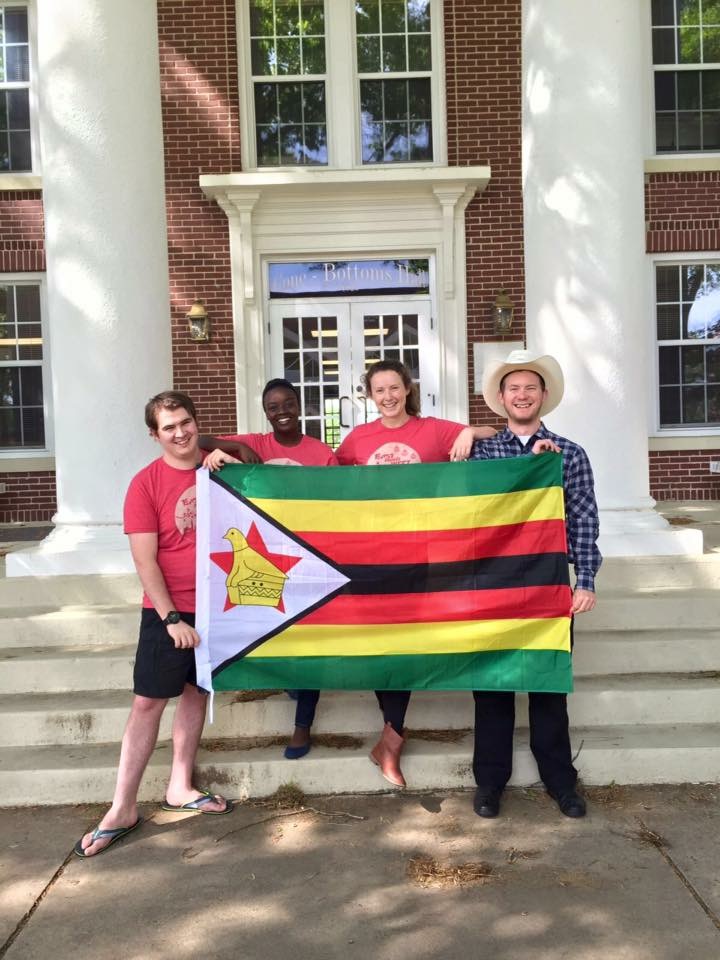There are many traditions that we simply look over as just another part of life, something we have just always done. No meaning, no purpose, but I was pondering some of these unknown traditions and thought, “Julie, perhaps you should know what this means.”
The Christmas tree is one of those traditions we all just accept, never really knowing its origin, meaning or purpose, other than to just have pretty, sparkly lights and house the presents underneath. But after considerable time, I thought it best to peruse the history behind perhaps the most recognizable of Western Christmas symbols.
According to the official website of The History Channel, the hanging of evergreen plants in homes has traditionally pagan roots. Many pagan cultures, such as the Egyptians, associated the winter solstice (around December 21-22) with an illness of a sun god or other pagan deity that brought light and warmth to the world. The evergreen limbs served as a reminder of the life that would soon come back with the wellness of their deity (the spring season to come).
The advent of the modern Christmas tree is mostly attributed to the efforts of the German people. While it has pagan origins, the 16th century Christian Germany often developed what they called Paradise trees. According to an article from christianitytoday.com, Germans would celebrate the Nativity Story with medieval plays and church services, but many of these were soon skewed by “rowdy, imaginative performances.” Because the German people often considered Christmas Eve to be Adam and Eve’s day of feast, they began to hang fruit and other treats, leading to the traditions of stringed popcorn, nuts and candy canes. This included the story of the Garden of Eden and earned the tree the title of “paradise.”
Other legends have said that the great Protestant reformer Martin Luther could have been the originator of the German trend. The legend goes that as he walked home one night while preparing a sermon, he was so in awe of the stars in the night sky that he wished to recreate the sight for his family on the evergreen tree.
Because of the pagan origins, many Christian Americans were skeptical of the use of Christmas trees and even any celebration of Christmas outside of a church service. The Puritans in early colonial America found the pagan symbols to be a sinful practice, but by the mid-19th century, the tradition was beginning to grow from the German immigrants in the Pennsylvania area.
Furthermore, a certain beloved monarch made the transition a little easier and a whole lot more fashionable for many Western thinkers. According to The History Channel article, the British Queen Victoria asked her husband, Prince Albert, a native of Saxony (Germany), to decorate a tree as he had done in his younger years.
This quaint little scene was soon featured on the Illustrated London News. Those who kept up with the Royal Family’s fashionable trends both in Europe and in the elite circles of the eastern United States began copying the tradition.
My the end of the 19th century, German artisans were manufacturing fragile and decorative Christmas ornaments to be hanged from the limbs of these trees, while nearly 20 percent of families had a tree in their home. While many used the traditional candle and fruit method of decoration, the advent of electricity shed a great deal of light on the tradition (see what I did there?). Strands of individual bulbs made the practice much safer and contributed to the advance into glass ornaments and memorable keepsakes, rather than just sweet treats.
In the United States, the tradition of the Christmas tree became more domestically popular with the arrival of the White House Christmas Tree, always under the watchful and graceful eye of the First Lady. Furthermore, the Rockefeller Center Tree began to gather worldwide fame as it started in 1933, but continues to appear today with over 25,000 lights.
Today, the Christmas tree is often seen by some as a representation of eternal life, a symbol of the incarnation of Jesus, while the gifts beneath are something simple to give to the ones you love, in recognition of the gift of Christ to the dying and sinful world.
But no Christmas tree is ever complete without its topper. The two most famous, especially in this country, are a star and an angel. The one that’s always been on the trees in my house (yes, we have more than one) was the angel. This winged warrior is often the symbol of the Angel of the Lord or the angelic Host that announced the birth of Jesus. In accordance with this, the star on the top is meant to be a representation of the star above Bethlehem that alerted the coming magi and shepherds to Jesus’s location at His birth.
Either way, the Christmas tree has worked its way into the fabric of the traditions of Christmas and into the homes of millions of families. When trimming yours with glistening lights and pretty, sparkly ornaments, remember its surprising history and the lofty ideals that it now represents.
By Julie Williams, copy editor








